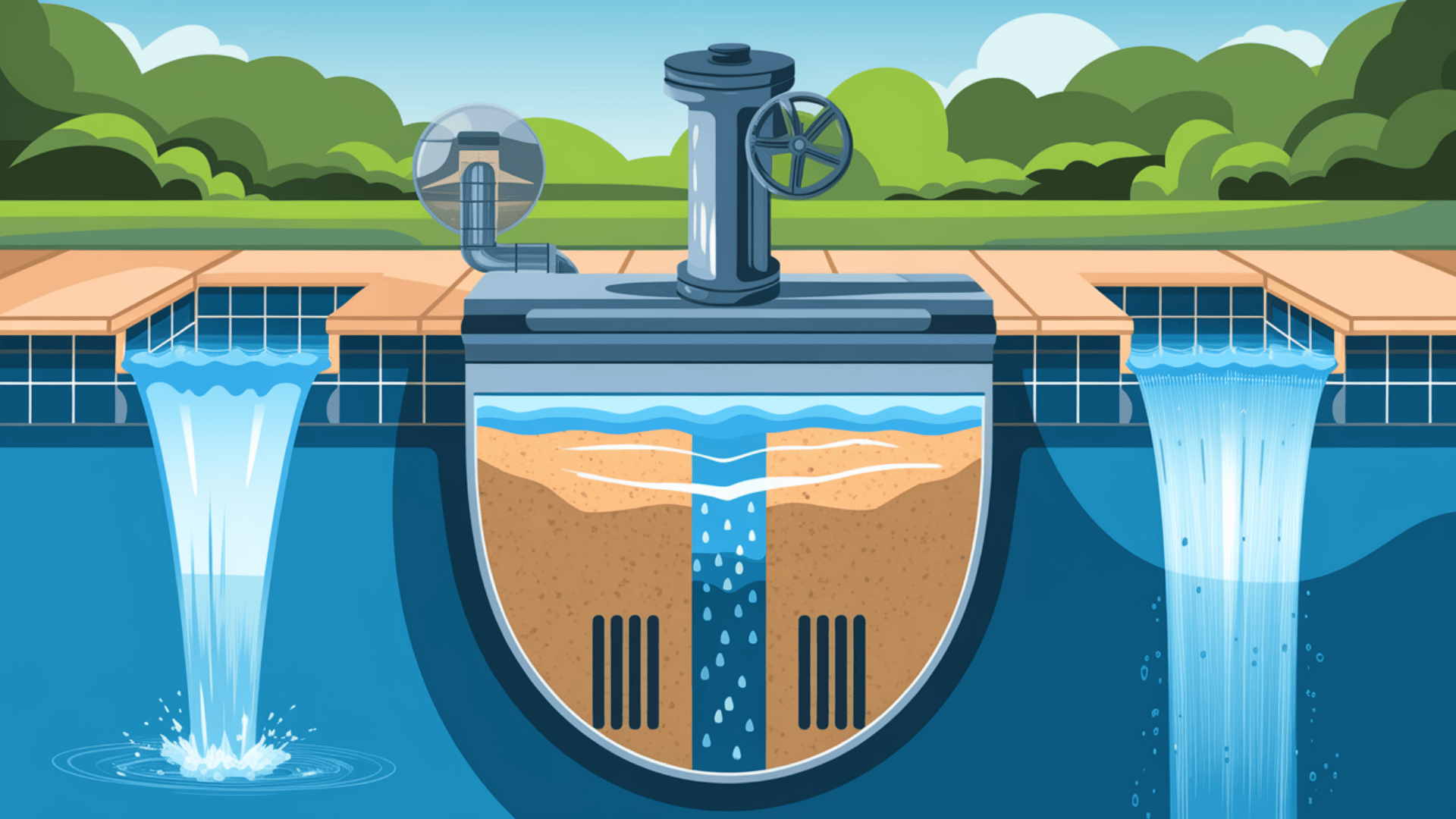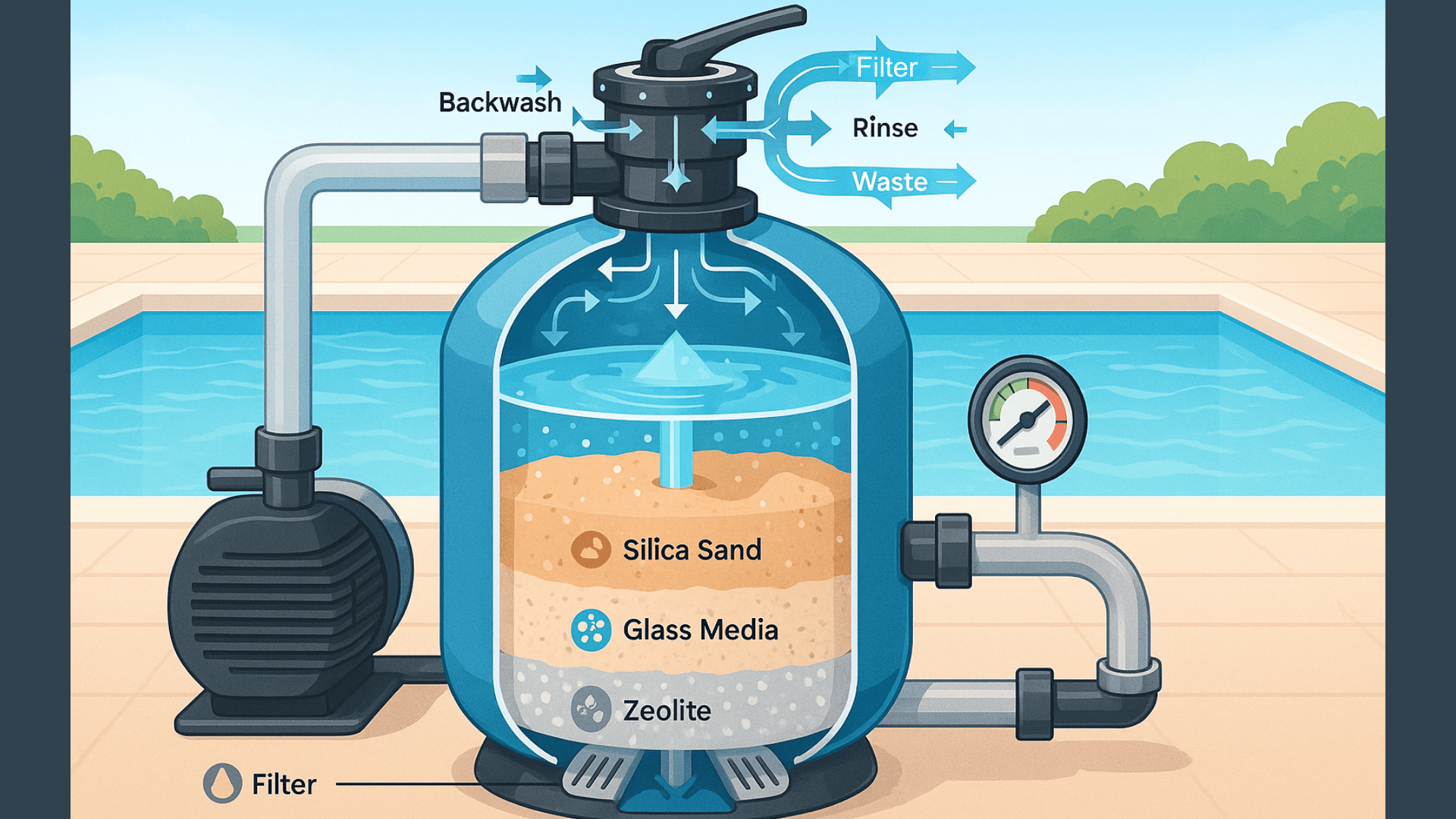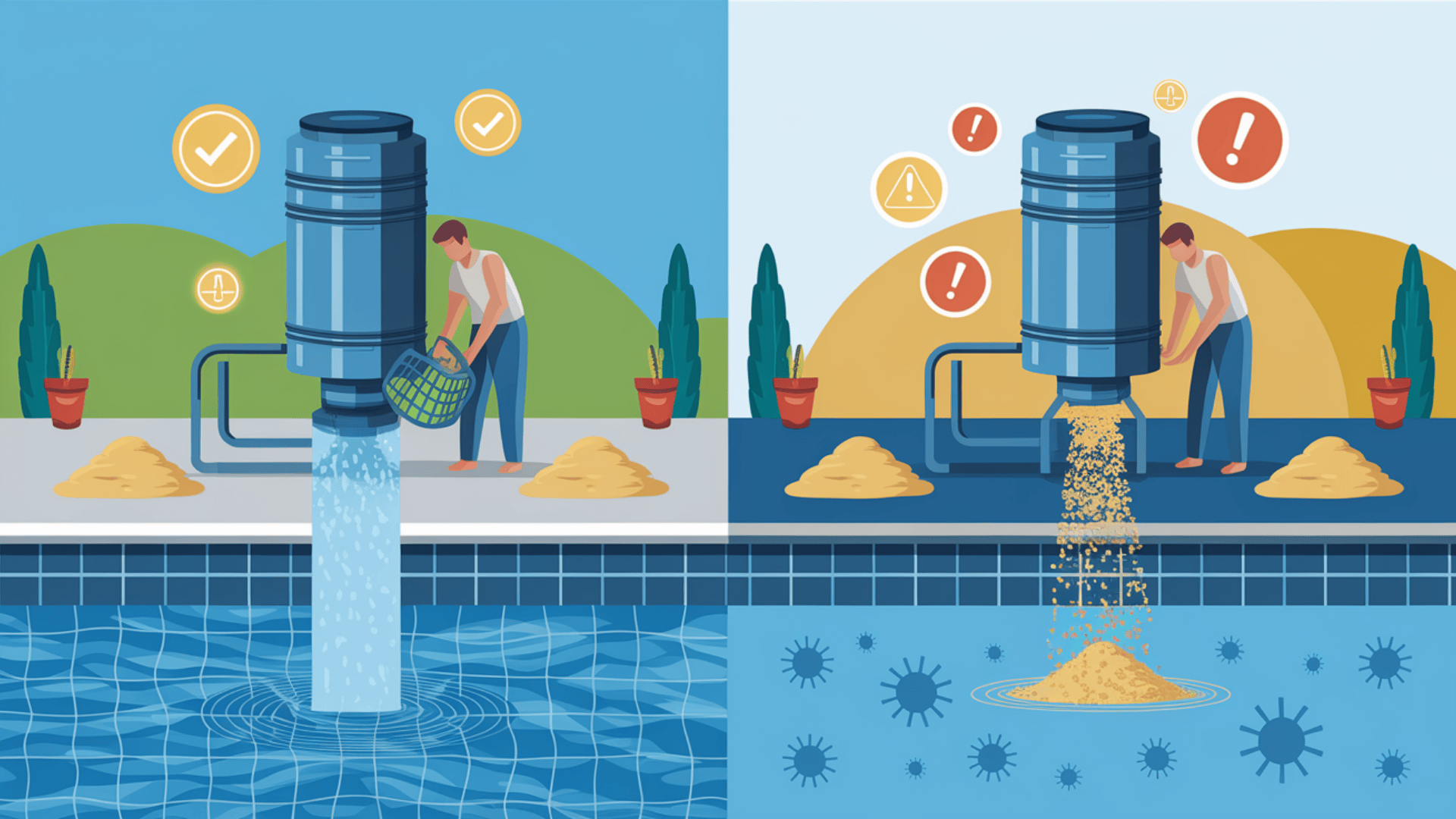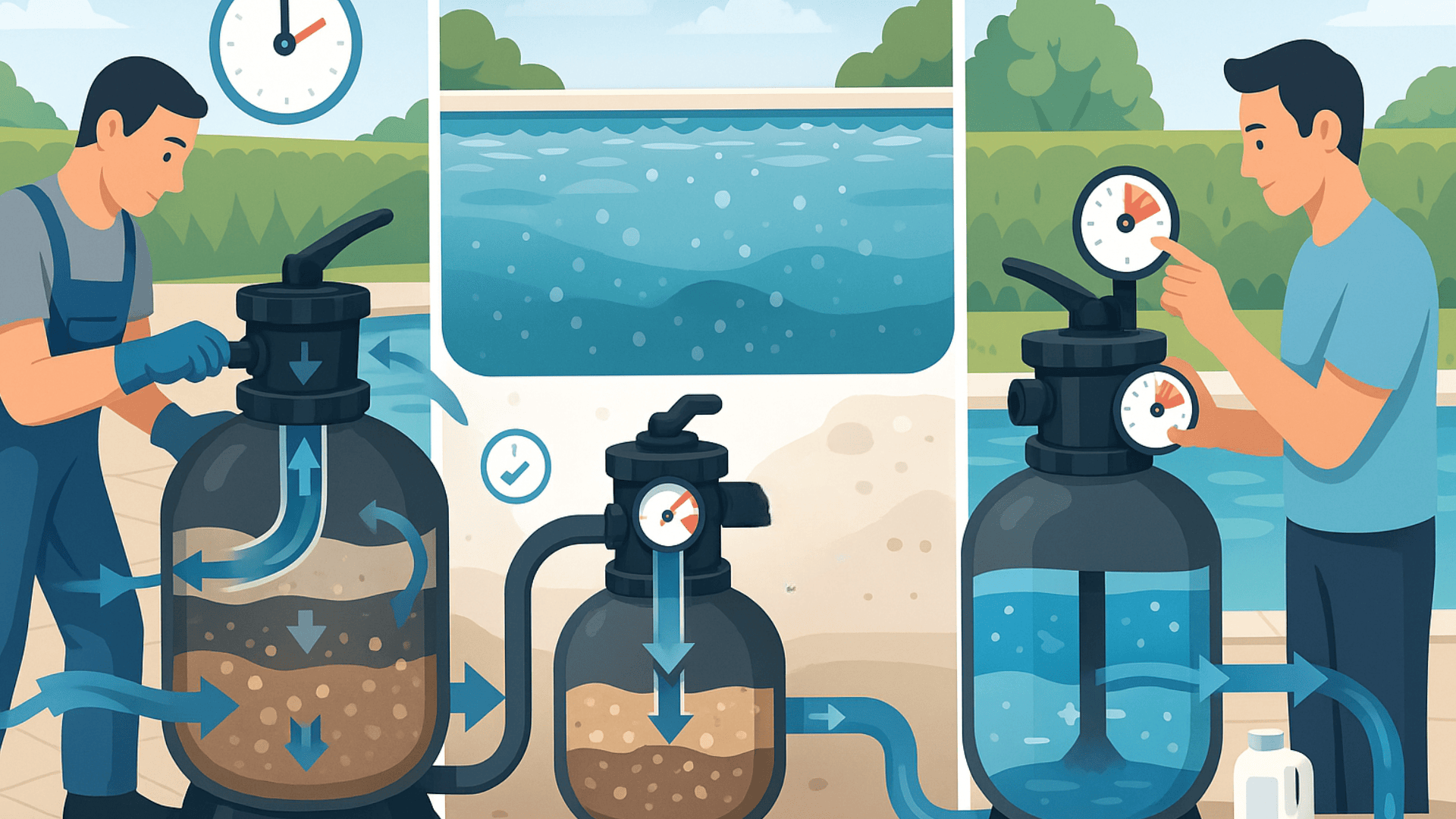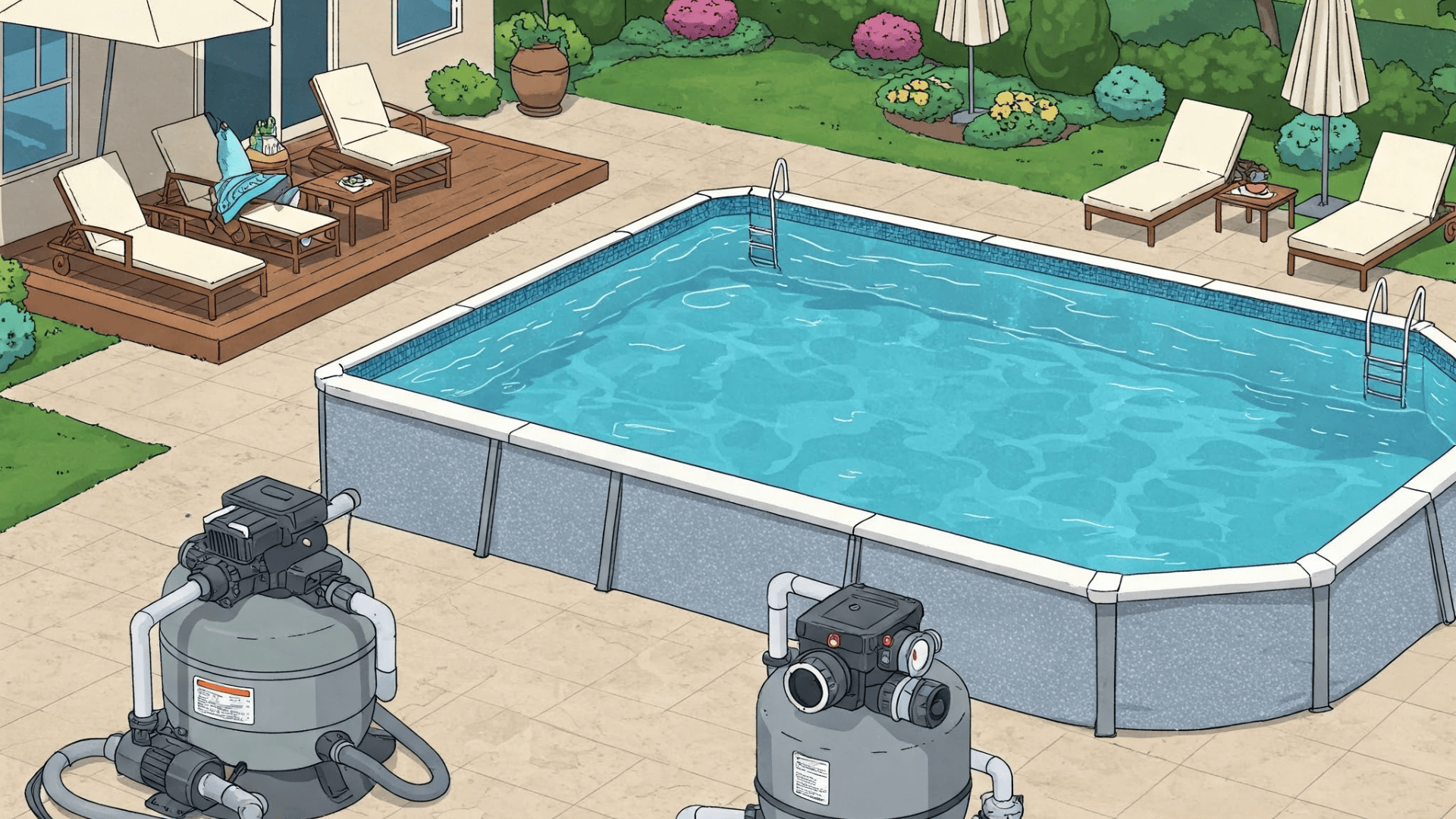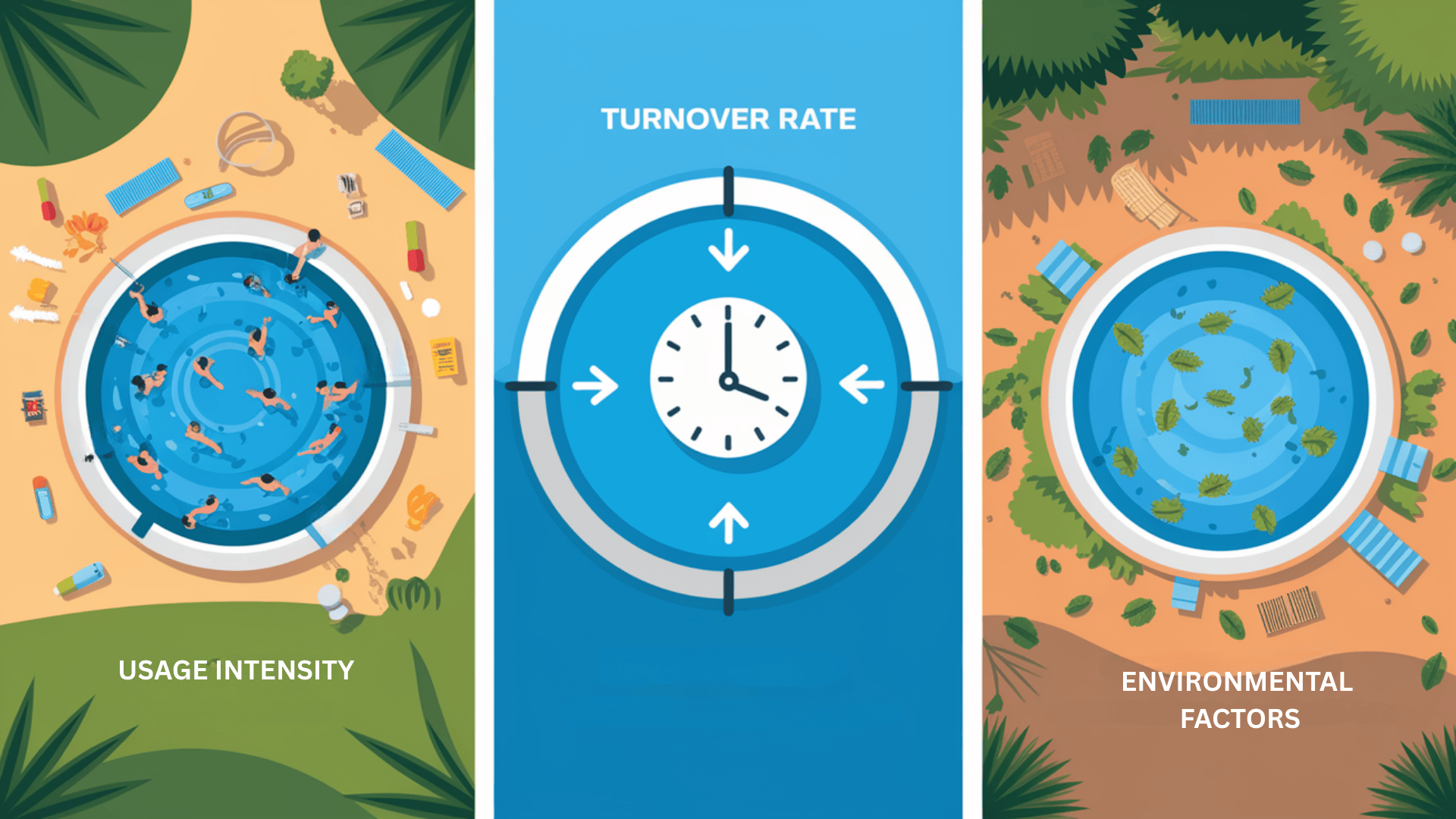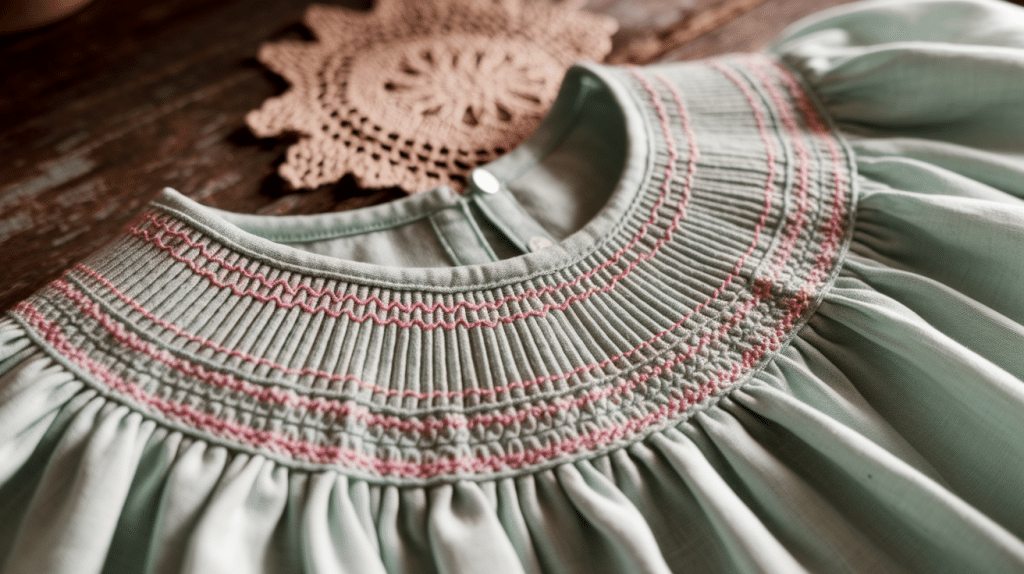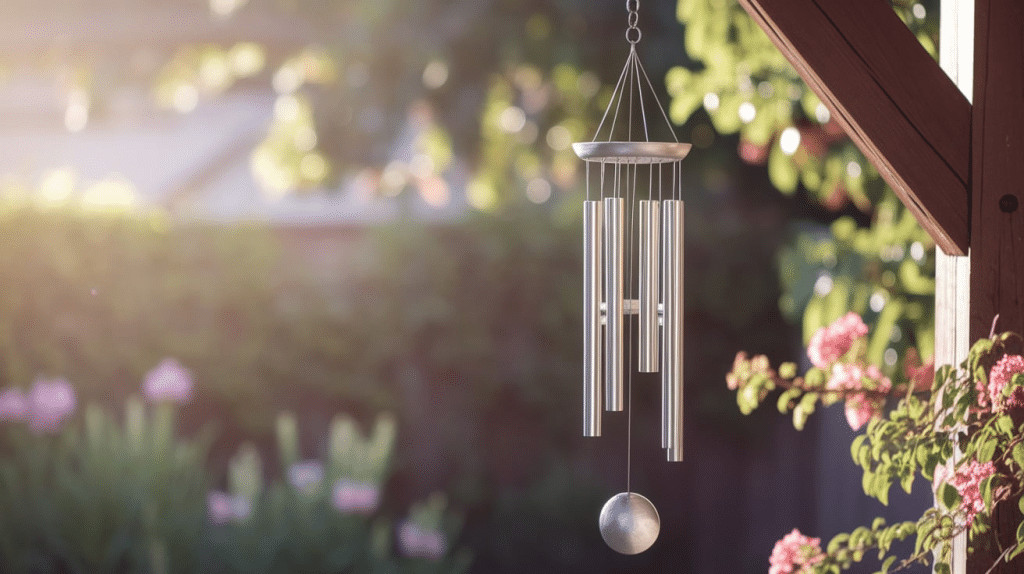Pool care doesn’t need to be complicated. At the heart of clear, healthy swimming water sits a humble yet powerful device – the sand filter pump.
This pool maintenance workhorse silently traps dirt, debris, and particles as water cycles through specially graded sand.
For pool owners seeking reliability without breaking the bank, sand filters offer the perfect balance of performance and value. They handle everything from fallen leaves to sunscreen residue with minimal fuss.
Want crystal-clear water without spending hours on upkeep or emptying your wallet? Understanding how sand filters work might be the pool care breakthrough you’ve been looking for.
Let’s uncover what makes these filtration systems a favorite among homeowners and how to pick the perfect one for your swimming oasis.
What is a Sand Filter Pump?
A sand filter pump serves as the primary cleaning system for your pool. It pulls water from your pool, filters it through sand, and returns clean water. The sand catches dirt, leaves, bugs, and other small bits that make your pool look dirty.
Think of it like a coffee filter but for your swimming pool. When pool water goes through the sand, the rough sand grains trap the unwanted stuff. Clean water flows through while dirt stays behind.
Many pool owners opt for sand filters because they’re simple to use and require minimal maintenance. They handle most common pool messes without the need for fancy chemicals or parts. The sand only needs to be changed every 5-7 years, making it a low-maintenance option.
Sand filters are well-suited for most home pools and require minimal daily attention. They clean quietly in the background while you enjoy swimming. With basic care, a good sand filter pump keeps your pool water clear with minimal fuss.
How Does a Sand Filter Pump Work?
The pool water starts its cleaning path when the pump draws it from your pool. This happens through the skimmer and main drain. The water is pumped to the filter tank, which is filled with sand.
When water enters the tank, it flows downward through the sand bed. The sand traps dirt, hair, bugs, and other small bits. Clean water passes through to the bottom of the tank, where it flows through slotted pipes called laterals.
The cleaned water then returns to your pool through the return jets. This cycle continues to run while your pump is on, making your pool water clearer over time.
Parts That Make It Work
The filter tank holds special pool-grade sand. At the top sits a water spreader that ensures water is sent evenly across all the sand. The sand bed is the main cleaning area where dirt gets caught.
At the bottom, slotted pipes (laterals) collect the clean water, preventing sand from escaping. A key component is the multi-port valve on top, which allows you to control where water flows during normal filtering or cleaning.
Keeping It Clean
After weeks of catching dirt, the sand gets clogged. When this happens, you’ll need to “backwash” the filter.
This reverses water flow, pushing it upward through the sand to flush out trapped dirt. The dirty water goes out a waste line instead of back to your pool.
Regular backwashing helps keep your filter functioning properly and extends its lifespan. It’s a simple process that takes just a few minutes but makes a big difference in how well your pool stays clean.
Key Components of a Sand Filter Pump
Your sand filter system consists of several important components that work together. Getting to know these parts helps you take care of your pool better.
The main filter tank comes in different materials. Some high-end pools use metal tanks that can handle higher water pressure.
- Filter Tank – The container that holds all the sand media. Available in fiberglass, plastic, or metal options, each with different durability and cost profiles.
- Filter Media – The material that traps dirt and debris:
- Silica sand: Traditional option with good dirt-trapping ability
- Glass media: Finer filtration with longer lifespan
- Zeolite: Helps with odor control and traps smaller particles
- Multi-port Valve – Controls water flow direction through six different settings:
- Filter: Normal cleaning operation
- Backwash: Reverses the flow to clean the sand
- Rinse: Cleans the system after backwashing
- Waste: Bypasses the filter to drain pool water
- Recirculate: Bypasses the filter but returns water to the pool
- Closed: Stops all water flow
- Pressure Gauge – Indicates filter pressure levels, serving as a key indicator for when to backwash (8-10 PSI above normal).
- Laterals – Slotted pipes at the bottom of the tank that collect filtered water while keeping sand in place.
The proper function of each component ensures your pool stays clean and your system runs efficiently.
Regular checks of these parts, especially the pressure gauge and multi-port valve, help prevent the most common sand filter problems.
Benefits and Limitations of Sand Filter Pumps
Pool owners face many choices when selecting filtration systems. Sand filters remain a popular option across many markets due to their balance of cost, performance, and upkeep requirements.
Understanding both their strong points and weak spots helps you make smart decisions about your pool care routine.
What’s Good About Sand Filters
Sand filters keep working for years with basic care. A well-made system can last 10+ years with only the sand needing replacement every few swimming seasons. They handle average pool use without problems and don’t need constant checking.
Cost-wise, they’re friendly to most budgets. The starting price beats other filter types, and the sand costs less to replace than other filter materials. Most pool owners can do the basic upkeep themselves without calling pros.
When it comes to cleaning up common pool messes like leaves, bugs, and sunscreen, sand filters do the job well. They also work at a steady rate that keeps up with most family pools.
Where They Fall Short
Sand can’t catch the tiniest particles in your pool. Most sand filters trap things down to 20-30 microns in size, while other systems can catch much smaller bits. This means your water might not look as crystal clear as with pricier filters.
Every 3-5 years, you’ll need to replace all the sand, which can be heavy work. This involves removing old sand and adding fresh media – about 100-300 pounds, depending on your filter size.
Sometimes the internal parts wear out, letting sand wash back into your pool. When this happens, you’ll see sand collecting at the bottom of your pool, telling you something inside the filter needs fixing.
How to Maintain a Sand Filter Pump
Keeping your sand filter in good shape isn’t hard, but it needs regular attention. A well-maintained filter saves you money and keeps your pool clean.
You should backwash your sand filter when the pressure gauge reads 8-10 PSI higher than normal. For most home pools, this happens every 1-3 weeks during swimming season. The process takes about 2-3 minutes and flushes out trapped dirt.
Watch for signs that your filter needs attention. Cloudy water that doesn’t clear up, shortened filter cycles, or sand returning to your pool all signal problems. If backwashing doesn’t help, you may need to perform a more thorough clean.
Smart Tips
These practical suggestions will help you maximize the benefits of your sand filter system while avoiding common mistakes that many pool owners make.
- Check your pressure gauge weekly to spot problems early. Learn your filter’s normal PSI reading when it’s clean, then watch for increases.
- Time your backwashing right – doing it too often wastes water, but waiting too long strains your pump. The pressure gauge is your best guide.
- During pool opening and closing, give your filter extra attention. Running it longer during the first week of summer helps clear up winter buildup.
Following these tips can extend the life of your filter and reduce the need for costly repairs or premature replacement of your system components.
Sand Filter Pump vs. Other Pool Filters
Different filter types offer their unique mix of advantages and disadvantages. Your choice depends on what matters most to you.
Maintenance effort varies, too. Sand filters require less frequent but more intensive care, including weekly backwashing and sand replacement every few years.
| FEATURE | SAND FILTER | CARTRIDGE FILTER | D.E. FILTER |
|---|---|---|---|
| Filtration Level | 20-30 microns | 10-15 microns | 2-5 microns |
| Initial Cost | $ (Lowest) | $$ (Medium) | $$$ (Highest) |
| Water Usage | High (backwashing) | Low | Medium |
| Maintenance Frequency | Every 1-3 weeks | Every 2-4 weeks | Weekly + powder refills |
| Media Replacement | Every 3-5 years | Every 1-2 years | Powder added after each backwash |
| Best For | Budget-conscious owners, larger pools | Medium-sized pools, water conservation | Pools needing crystal clear water |
When it comes to buying costs, sand filters are the most cost-effective option, offering the lowest price tag. Cartridge systems cost a bit more, and D.E. systems carry the highest price.
For pool owners who want basic, reliable cleaning with minimal fuss, sand filters make sense.
Those seeking clearer water without incurring excessive costs might prefer cartridge systems. D.E. systems suit those willing to pay more and do extra work for the clearest possible water.
Choosing the Right Sand Filter Pump for Your Pool
Selecting the ideal sand filter begins with understanding your pool’s water volume. A filter that’s too small won’t clean effectively, while one that’s too large will waste money.
For pools up to 15,000 gallons, a 16-inch tank works well. Medium pools (15,000-25,000 gallons) need 22-24 inch tanks.
Pools larger than 25,000 gallons should use tanks with a diameter of 30 inches or greater. These sizes ensure your filter can clean all your pool water in about 8 hours.
Your pool type matters, too. Above-ground pools often need smaller filters with less powerful pumps. In-ground pools typically need more robust systems that can handle higher pressure.
Size Guide by Pool Volume
Selecting the right equipment size is crucial for efficient pool filtration. Use the following guidelines to match your pool’s water capacity with the appropriate filter dimensions.
- Small Pools (up to 15,000 gallons) – These pools are best suited for a 16-inch tank diameter, paired with a 1/2 to 3/4 HP pump. You’ll need about 100 lbs of sand to fill the filter properly.
- Medium Pools (15,000-25,000 gallons) – For this mid-range size, select a 22-to 24-inch tank diameter with a 3/4- to 1-horsepower pump. These filters typically require about 175-200 lbs of sand for optimal filtration.
- Large Pools (over 25,000 gallons) – Larger pools require a tank diameter of at least 30 inches or more, powered by a 1 to 2 HP pump. Be prepared to use 250-350 lbs of sand when setting up or refreshing this size filter.
Matching your filter to the pool size ensures proper water circulation and cleaning power. An undersized system will struggle to keep up, while an oversized one may incur higher costs both upfront and in operation.
Smart Selection Tips
Think about these key factors when selecting your sand filter system:
- Usage Intensity – If you host pool parties every weekend or have multiple swimmers daily, upgrading to the next size in your filter helps handle the increased cleaning load. Heavy pool use means more body oils, sunscreen, and debris to filter out.
- Turnover Rate – Check this spec to see how quickly the system can clean your entire pool. Most residential pools should aim for a 6-8 hour turnover time.
- Environmental Factors – If you live in an area with extremely hot temperatures or have numerous trees near your pool, a slightly larger filter helps meet the additional cleaning demands caused by algae growth and falling leaves.
The right sand filter keeps your pool clean without requiring excessive time spent on upkeep. By matching the system to your specific pool needs, you’ll enjoy clearer water with less work.
The Bottom Line
Sand filter pumps remain popular for good reasons – they’re cost-effective, reliable, and straightforward to maintain. By choosing the right size for your pool and following basic care routines, you’ll enjoy clean, clear water throughout swimming season.
With minimal annual upkeep and just a few minutes of attention each week, your sand filter will reward you with sparkling water that’s safe for everyone to enjoy.
The initial investment pays dividends in reduced chemical use, better water clarity, and fewer urgent maintenance issues. Many pool professionals still recommend sand filters as the go-to option for homeowners seeking a reliable and long-lasting solution.
Here’s to many seasons of trouble-free swimming with your sand filter pump keeping watch over your water quality!
Got questions about sand filters? Splash into our expert tips here!


